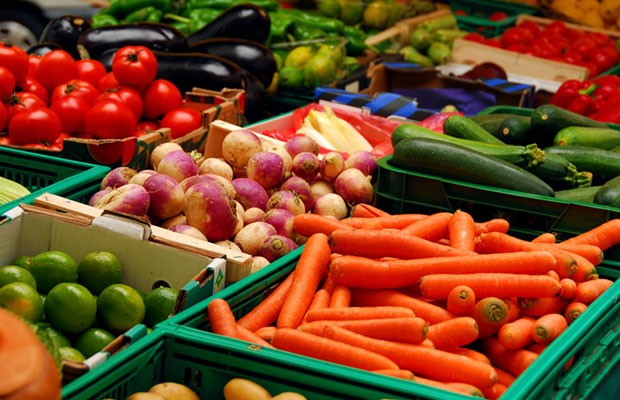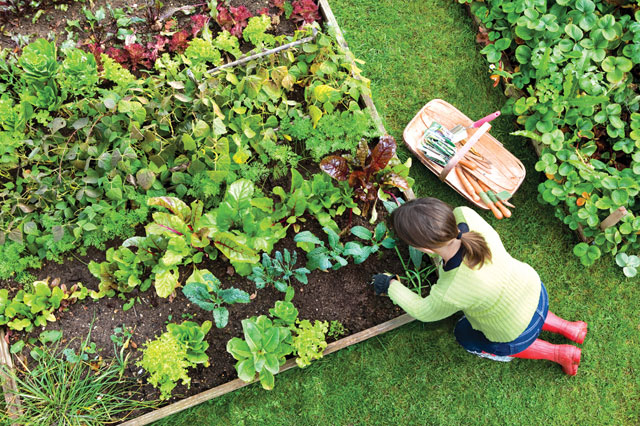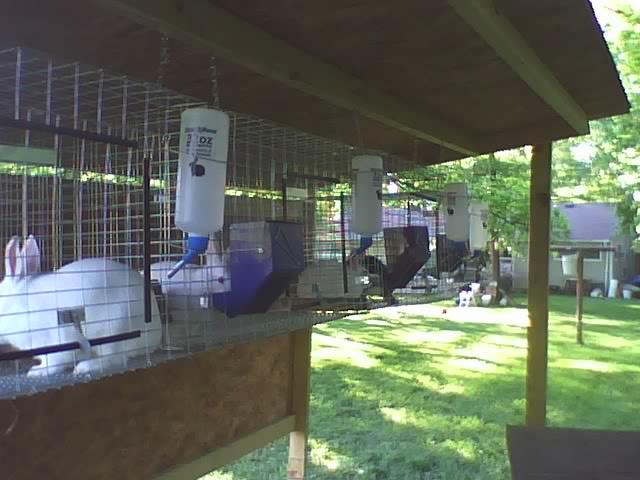The key to survival is preparation, and the consummate prepper is well aware of Sta-Bil, the fuel additive that allows users to store gasoline for a year or more to prevent its highly-refined molecular structure from breaking down and losing octane. The same type of precautions need to be taken to extend the shelf life of food, whether they’re canned or dried.
No matter how much food you stockpile, it will ultimately run out. These three tips will help preserve what you have for as long as possible, and provide renewable sources of food regardless of living conditions.
Low Humidity, Low Temperatures
There are two things that can spoil any food: heat and moisture. Hot, humid environments are ideal for bacteria, yeast, and other microbes to thrive. Autolytic spoilage (i.e. browning of apples, bread mold, etc.) is also hastened by these conditions.
Those living in Midwestern and New England states should store their food stashes in the coolest, driest spot in the house. The basement is ideal, coupled with a dehumidifier. Those who live in states that typically don’t have basements in homes (such as Arizona or Nevada) should pick a room and block out all sunlight. Use roman shades to block out the sun completely, while still allowing the option to open them if needed.
Add oxygen-absorbing packets to dried foods in jars and bags, particularly jerky, cereals, and dehydrated fruits. These packets should also be placed in vitamin and medicine bottles.
A cheap way to keep your storage room cool in low-humidity areas like Denver, Las Vegas, and Albuquerque is to build a makeshift swamp cooler. The entire project will cost less than $20 and the fan to circulate the cool air will run on a 12-volt power source.
Heirloom Seeds
Those planning to survive for years post-Apocalypse will need renewable sources of sustenance.
The best part of heirloom seeds is that once you grow your first batch of fruits and vegetables, they’ll continue to produce more seeds. You’ll be able to make nutrient-rich compost with all the organic waste around the house to improve the quality of just about any soil. Heirloom seeds keep for upwards of 30 years if stored properly. You can even grow them indoors for year-round fresh produce if you have windows that get adequate sunlight.
Heirloom emergency seed kits are available for under $40, and contain seeds for several different vegetables and fruits. It’s best to double or triple up just in case.
Indoor Livestock
Many Americans have grown accustomed to having meat as part of their meals. Once supermarkets stop selling or rationing it out, the only way to get meat will be daily hunting or farming your own.
Rabbits are simple animals to raise for meat, particularly for people with no yard space. Not only do they eat just about any plant material, but they can have as many as five litters per year with upwards of 14 kits. They also take up very little space and their manure can be used in compost.
The breed you choose should have thick loins and broad shoulders. New Zealand Whites, American Chinchillas, and the Champagne D’Argent are three common breeds raised for meat. Rex rabbits are good for both meat and fur for those who don’t waste any part of the animal.
There is no such thing as over-preparation when it comes to your food supply. Don’t wait until the last minute to position yourself and your family for long-term survivability.
If you found this article useful, please Vote for The Prepper Journal as a top prepper web site.
Copyright Information This information has been made available by The Prepper Journal. Content on this site (unless the work of a third-party) may be shared freely in digital form, in part or whole, for non-commercial use with a link back to this site crediting the author. All links in articles must remain intact as originally posted in order to be republished. If you would like to be notified of new articles, contests and Prepper news, please sign up for our daily newsletter, follow us on Twitter, or Like Us on Facebook.
by Pat Henry
Source:theprepperjournal.com







